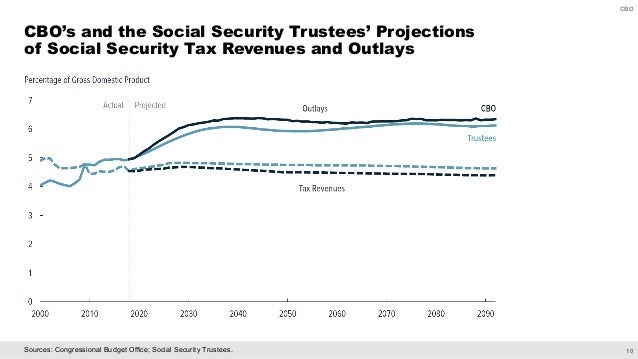Update:
https://www.sec.gov/Archives/edgar/data/1586281/000139834419012455/fp0044476_497.htm497 1 fp0044476_497.htm
Broadview Opportunity Fund
Supplement to Prospectus and Summary Prospectus dated January 28, 2019
On May 13, 2019, the Board of Trustees of Broadview Funds Trust (the “Trust”) approved the reorganization (the “Reorganization”) of the Broadview Opportunity Fund (the “Broadview Fund”), the sole series of the Trust, into the Madison Small Cap Fund (the “Madison Fund”), a series of Madison Funds. A special meeting of shareholders of the Broadview Fund will be held on August 22, 2019 (the "Special Meeting"), at which shareholders of the Broadview Fund will be asked to vote on the proposal to approve the Reorganization, pursuant to which, shares held by Broadview Fund shareholders will be exchanged for shares of the Madison Fund at the closing of the Reorganization. At the same time assets held by, and liabilities of, the Broadview Fund will be transferred to the Madison Fund. As a result of the Reorganization, each shareholder of the Broadview Fund will become a shareholder of the Madison Fund and will receive Class Y shares of the Madison Fund of equal value to their shares in the Broadview Fund. It is expected that the Reorganization will be treated as a tax-free reorganization for federal tax purposes.
Broadview Advisors, LLC (“Broadview”) serves as the investment adviser to the Broadview Fund and Madison Asset Management, LLC (“Madison”) serves as the investment adviser to the Madison Fund. If the Reorganization is approved, three of the Broadview Fund’s current portfolio managers – Rick Lane, Faraz Farzam and Aaron Garcia – will become employees of Madison and, in that capacity, will be the portfolio managers of the reorganized Madison Fund. The Broadview Fund and the Madison Fund are collectively referred to herein as the “Funds.”
In approving the Reorganization, the Board of Trustees of the Trust considered, among other things, the similarities between the Funds’ investment objectives and policies, the fact that the Funds’ investment management fees at the time of the Reorganization will be the same, that the costs of the Reorganization will be borne by Broadview and Madison and not the Funds, the continuity of portfolio management, the distribution capabilities of Madison, and the anticipated tax-free nature of the Reorganization.
Broadview Fund shareholders may purchase and redeem shares of the Broadview Fund in the ordinary course until the last business day before the closing of the Reorganization, which is expected to occur on or about August 30, 2019 (the “Closing”). Purchase and redemption requests received after the Closing will be treated as purchase and redemption requests for shares of the Madison Fund received in connection with the Reorganization. Prior to the Closing of the Reorganization, Broadview will continue to manage the Broadview Fund in the ordinary course.
Shareholders of the Broadview Fund are urged to read the Proxy Statement/Prospectus that will be mailed to shareholders as soon as it becomes available. The Proxy Statement/Prospectus will contain important information about the Reorganization.
This Supplement is not a solicitation of any proxy.
Please retain this Supplement for future reference.
The date of this Supplement is July 2
5, 2019.
